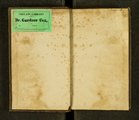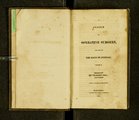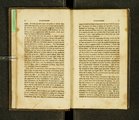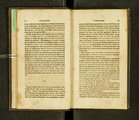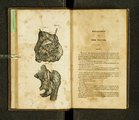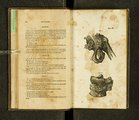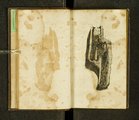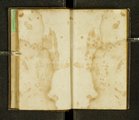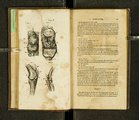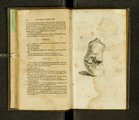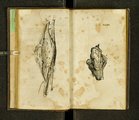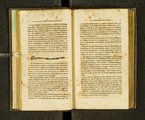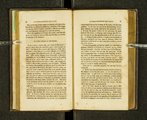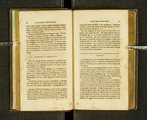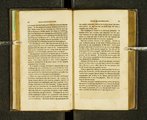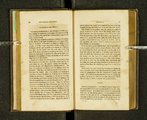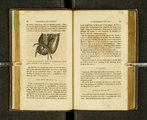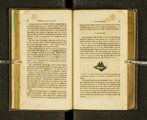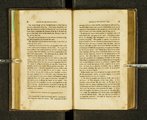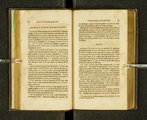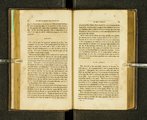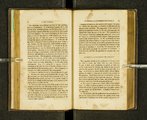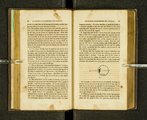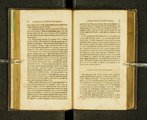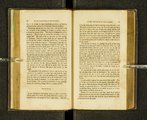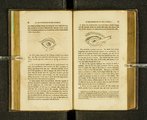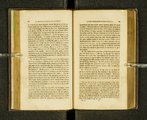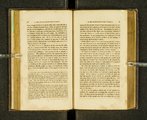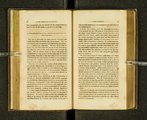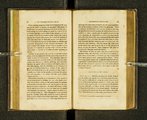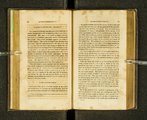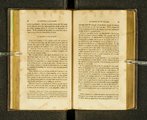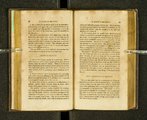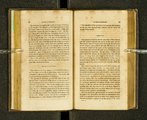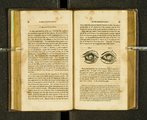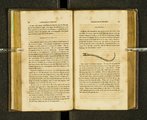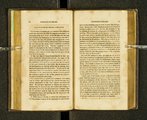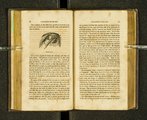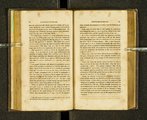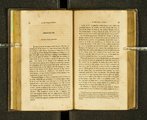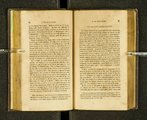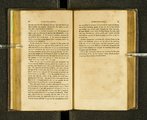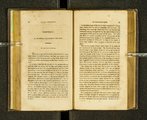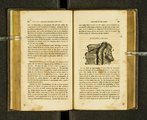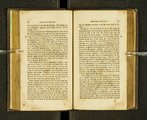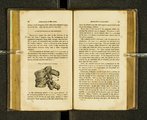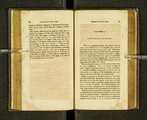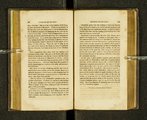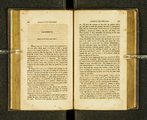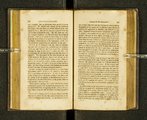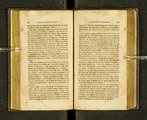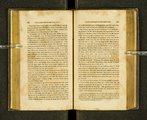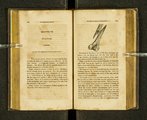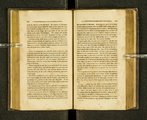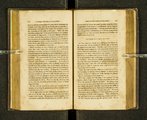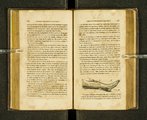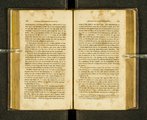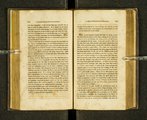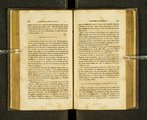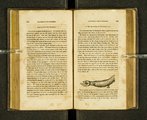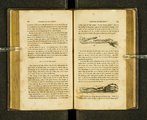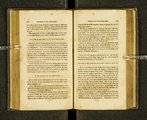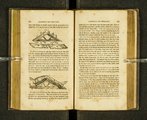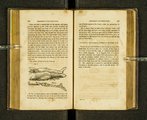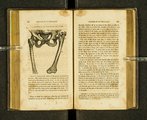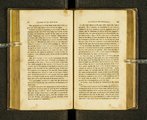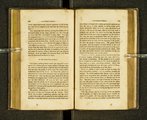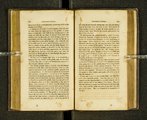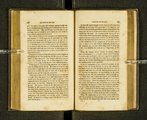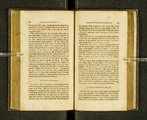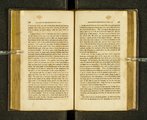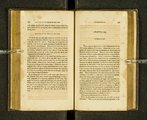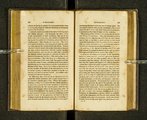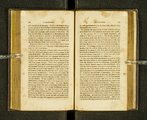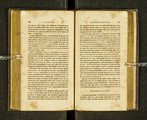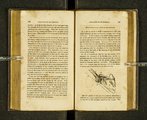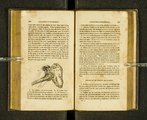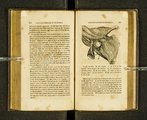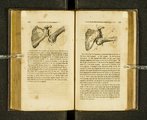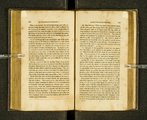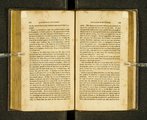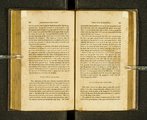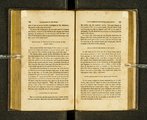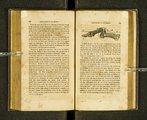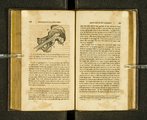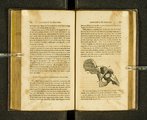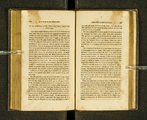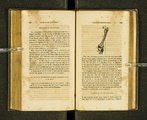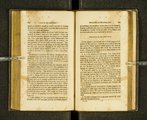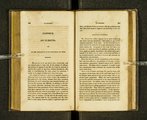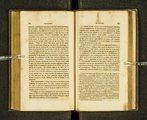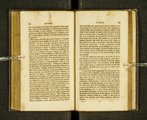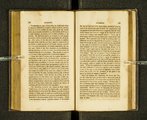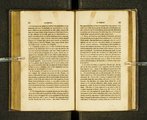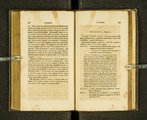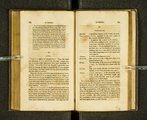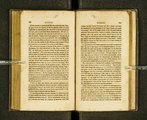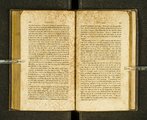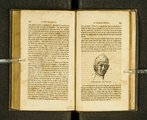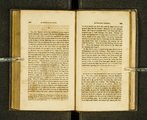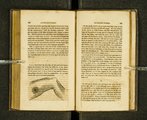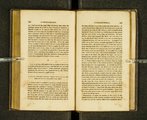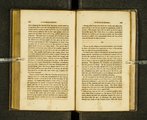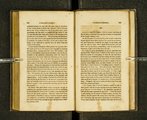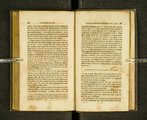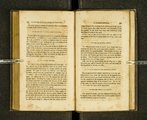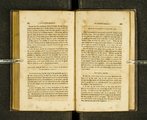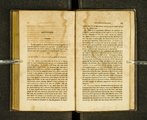| OCR Text |
Show 01" THE PSOAS ABSCESS. 84: or run rsons Miser-Lbs. iistu‘in, ter into the present inquiry. Such are fistula in arm, lty ot‘ lachrymalis, fistula in perineo. In these the difficu n in matio inflam an discharging the natural fluids, produces a and the ducts ; abscess forms by the side of the passages; s by ul- communication is made betwixt the duct and absces ge be passa the ceration, and an irritation is kept up; until freed the abscess will not heal. ce Where an abscess is very large, there is one circumstan requiring particular attention ; it is this, if the abscess burst, that is, if the ulceration proceeds outwardly to the skin, the whole surface of the abscess will inflame, the discharge will become bad, and the patient will die. We open such aha scesses, not with the intention merely of evacuating the mat» ter, nor for the purpose of procuring an adhesion and ob literation of its sides, but to allow the cavity gradually to contract so that when it fills again it may not be so extensive nor apt to disorder the system when it is finally opened. - ~... 'fi':->'-'<"'.1Mn--- igli'csow‘ 17 or example, if a large abscess be pointing, and about to - uleerate and burst, it is to be punctured, and the matter evacuated; but it is not to be lanced just upon the most prominent, and thinnest part. The opening should be made by the side of that part of the abscess where it naturally may be expected to open. The opening is thus to be made in the healthy skin, so that the wound may close again with out any ulcerative action taking place, and without the risk of inflammation being propagated over the sides of the can: of ty. From the evacuation of the matter, and contraction fills cavity the cavity, the walls of it thicken. ""hen the 1 IT W11"? ‘Ww‘ff-"Mr "*1 .‘. A‘L‘ again, it is less extensive; it is to be punctured again, and the opening immediately closed ; the abscess still further con tracts, and perhaps by the third or fourth opening the ab- if scess is so much diminished that no care need be taken nt. treatme n commo to close the opening ; it may be left A'SOAS, 0R LUMBAR ABSCESS, CONTINUED. ‘lfnr. Psoas Abscess is the consequence of a slow and almost, imperceptible inflammation of the cellular membrane, by the side of the lumbar vertebrae, and around the psoas muscletf‘. These deep parts, from their nature as well as their situation, being little sensible, and the disease being a slow, scrophulous action, the nature of the complaint is only suspected when there is a weakness in the loins, a numbness and weakness of one thigh, and a dull wearying pain in the loins like rheuinar tism; nor is there at first general symptoms to mark the diag-~ uosis more distinctly. Sometimes the pain in the loins is very severe, with a total inability of raising the thigh. But when a compressible tumour appears in the groin, the fluctuation is perceptible in the tumour, and pulsation is felt in it when the patient coughs; then the nature of the case is too evident, and the surgeon has that painful conviction of a patient being in the utmost degree of danger, while he is little conscious of it himself, and but imperfectly comprehends how a matter so trifling in appearance, and so little troublesome, is pregnant with so great evil. If there precedes or accompanies the appearance of ab. scess at the groin, a curvature of the spine, the prognosis 1,: still more unfavourable, for caries of the bodies of the ver- tebrae is sometimes the origin, or at least, the precursor of the psoas abscess. As might be naturally expected, especial. ly when the disease is complicated with a caries and sinking of the spine, the abscess sometimes makes its way outward upon the loins, forming a tumour by the side of the spine. If the tumour in the groin is opened, and the matter of the abscess evacuated, the sac inllames, the loins become weak and painful-- rigors, a rapid pulse, white tongue, and " The abseess is sometimes in the Centre of the psoas magnus. This dis- n These introductory observations will be found necessary 01 give to now am I ent statem the understanding of the short it. of ent the nature of the lumbar abscess, and the treatm position to form abscess in the centre. of the larger muscles, I have seen very generally prevailing; on dissection, I have found them in the psoae, the gas; trccnemii, and in the musrles ofthc thigh. |



